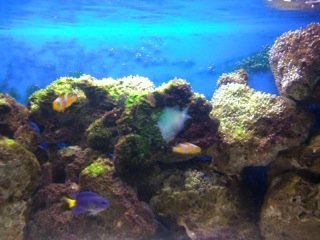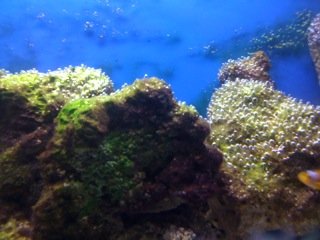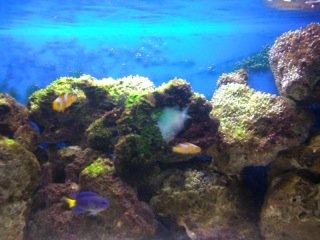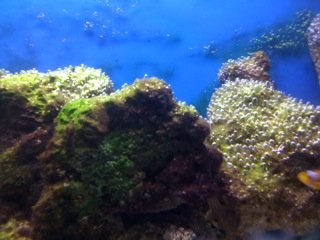HighlandReefer
Team RC
I agree with sneeyatch. 
I would continue dosing AF on the weekly basis for a while after eradicating the algae, but would stop after that. If the algae does make a come back after that, I would start at the every three day dosing schedule again, until eradicated.
I would continue dosing AF on the weekly basis for a while after eradicating the algae, but would stop after that. If the algae does make a come back after that, I would start at the every three day dosing schedule again, until eradicated.








